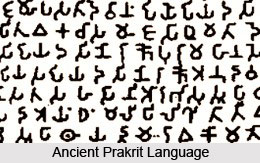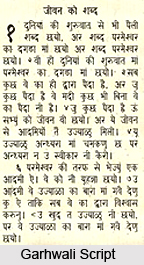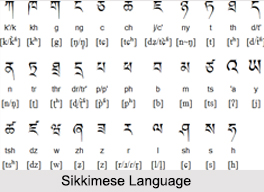 Urdu language historically spelled Ordu, is an Indo-Aryan language of the Indo-Iranian branch, belonging to Indo-Europ ean family of languages. Urdu came to India during the rule of Turkish emperors from 1191. After that it was nurtured by the Delhi Sultanate and Mughal rulers in India. Urdu refers to a standardised register of Hindustani termed "Khadiboli". The "Khadiboli" emerged as a standard dialect.
Urdu language historically spelled Ordu, is an Indo-Aryan language of the Indo-Iranian branch, belonging to Indo-Europ ean family of languages. Urdu came to India during the rule of Turkish emperors from 1191. After that it was nurtured by the Delhi Sultanate and Mughal rulers in India. Urdu refers to a standardised register of Hindustani termed "Khadiboli". The "Khadiboli" emerged as a standard dialect.
Official status of Urdu language
In general, the term "Urdu" can encompass dialects of Hindustani other than the standardised versions. The standard Urdu language has approximately the twentieth largest population of native speakers, among all languages. It is the national language of Pakistan as well as one of the 21 official languages of India. There are 60,503,579 people speaking Urdu language on world total basis.
Urdu is often contrasted with Hindi language, another standardised form of Hindustani. The main difference between the Hindi and Urdu is that Standard Urdu is written in Nastaliq calligraphy style of the Perso-Arabic script. Some words are taken from Persian and Arabic. While the standard Hindi is written in Devanagari, has inherited significant vocabulary from Sanskrit Langauge. Linguists therefore consider Urdu and Hindi to be two standardized forms of the same language. According to the 1999 data, Hindi/Urdu is the fifth most spoken language in the world. According to Comerie (1998 data), Hindi-Urdu is the second most spoken language in the world, with 330 million native speakers, after Mandarin and possibly English.
Urdu is also one of the officially recognized state languages in India and has official language status in the Indian states of Andhra Pradesh, Bihar, Jammu and Kashmir, and Uttar Pradesh, and the national capital, Delhi. Urdu is widely used in Indian cities like Lucknow, Aligarhand Hyderabad. Urdu is spoken, learned, and regarded as a language of prestige.
Urdu has a great similarity with Hindi. Because of Urdu`s similarity to Hindi, speakers of the two languages can usually understand one another, if both sides refrain from using specialised vocabulary. Indeed, linguists sometimes count them as being part of the same genetic language. However, Urdu and Hindi are socio-politically different, and people who self-describe as being speakers of Hindi would question their being counted as native speakers of Urdu, and vice-versa.
In India, Urdu is spoken in places where there are large Muslim majorities or cities which were mostly dominated by Muslim rulers in the past (1192 to 1757). These include parts of Uttar Pradesh (namely Lucknow), Delhi, Bhopal, Hyderabad, Bangalore, and Mysore. Some Indian schools teach Urdu as a first language and have their own syllabus and examinations. Indian Madrasahs also teach Arabic as well as Urdu. India has more than 2,900 daily Urdu newspapers. Some of major Indian Urdu newspapers are Anwar-E-Qaum, Avadhnama, Awaz E Mulk, Daily Salar, Daily Sham-e-Rahbar, Daily Hindustan Urdu, Ek Qaum It is spoken by large numbers of migrant South Asian workers in the major urban centres of the Persian Gulf countries and Saudi Arabia. Urdu is also spoken by large numbers of immigrants in the major urban cities of the United Kingdom, the United States, Canada, Norway and Australia.
Classification and related languages
Urdu can be considered to be a part of a dialect continuation which extends across eastern Iran, Afghanistan and modern Pakistan right into North India. These dialects have similar grammatical structures and share a large portion of their vocabulary. Punjabi Language is very similar to Urdu Punjabi written in the Shahmukhi script. It can be understood by speakers of Urdu with little difficulty, but spoken Punjabi has a very different pronunciation and can be harder to understand for Urdu speakers.
Dialects in Urdu Language
Urdu has four recognised dialects Dakhini, Pinjari, Rekhta, and Modern Vernacular Urdu (based on the Khariboli dialect of the Delhi region). Sociolinguists also consider Urdu as one of the four major variants of the Hindi Urdu dialect continuation. Modern Vernacular Urdu is the form of the language that is least widespread and is spoken around Delhi, Lucknow, Karachi and Lahore; it becomes increasingly different from the original form of Urdu as it loses some of the complicated Persian and Arabic vocabulary used in everyday terms. Dakhini is spoken in Maharashtra and around Hyderabad. It has fewer Persian and Arabic words than standard Urdu. In addition, Rekhta the language of Urdu poetry is sometimes counted as a separate dialect.



















